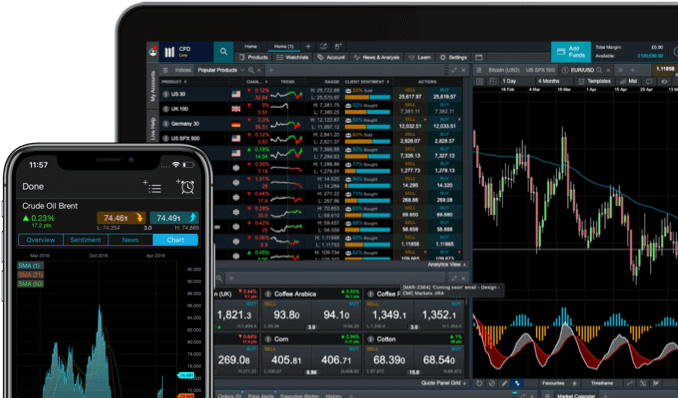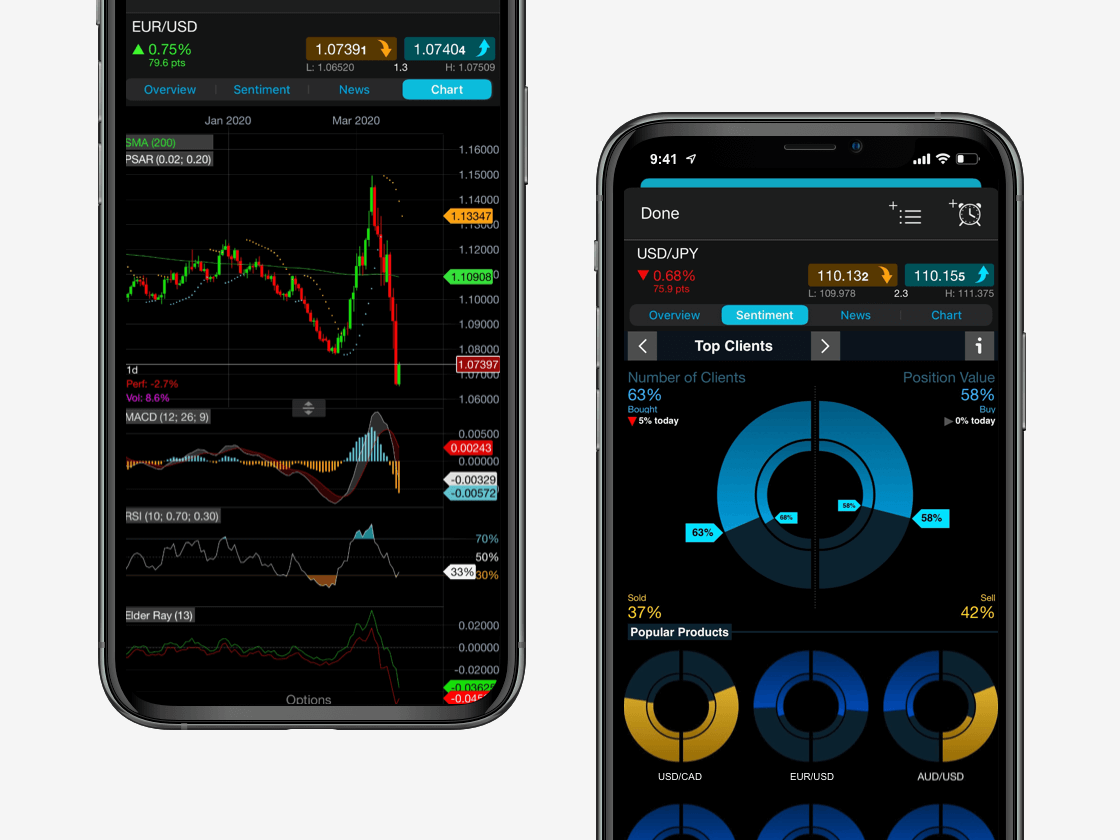Fund shares are created and redeemed by authorised participants (APs) – usually banks or other financial institutions. These institutions buy the underlying assets to create the portfolio. Once the portfolio is ready, the assets are turned over to the fund. The fund then exchanges the portfolio for newly created ETF shares. APs can also redeem shares when they return them to the fund in exchange for the underlying assets.
APs have a lot of buying power, as ETF shares are usually issued in large blocks (a block trade). Due to the capital needed, individual investors are unlikely to be able to finance the operation. This mechanism of creation and redemption is essential to keep the price of the fund in line with the real value of the underlying assets.
The capability of APs to create and redeem shares means that if the price of the fund deviates from its fair value, the AP can step in and take advantage of the price differential. For example, on occasion, the fund may see buyers push the price of its shares above the aggregate value of its underlying assets. If this happens, at some point it may be profitable for the AP to buy the underlying assets and sell shares of the ETF in exchange for shares that are valued higher. The creation of new shares adds to the supply of ETF shares and brings the price of these shares in line with the underlying value.
The same can happen if the share price of the ETF falls below the aggregate value of its assets. At some point, it may be profitable for an AP to buy the ETF shares and redeem them for the underlying assets at a discount to the current market price. This functionality guarantees that the price of the ETF’s shares does not deviate much from the actual market value of its assets.


















